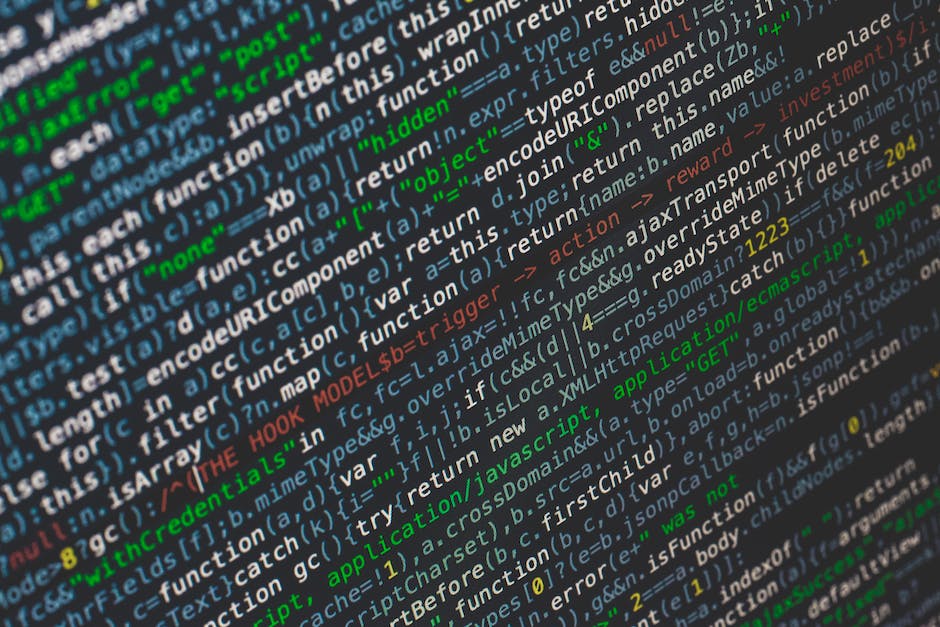Programming languages are constantly emerging, with a whopping 240 varieties listed on Wikipedia. However, it is important to determine which languages are in high demand to stay relevant in the industry. One such language to consider is APL. But what is APL and why is it still being used today?

What is APL Programming Language?
APL is a functionally modular coding language that is written using a unique set of non-standard characters. Its primary use is in mathematics, where it has gained popularity for its ability to handle complex mathematical problems with ease. The language is also used in scientific research, imaging, engineering, robotics, and actuarial science.
APL is designed to work with arrays, making it an ideal choice for large datasets and mathematical computations. The language’s syntax is concise and minimalist, which makes it easy to read and write. However, its unique set of characters can make it difficult to learn for those who are new to programming.
APL Language Example
To demonstrate its syntax, a sample APL code can be written as follows:
a ← 5 5 ⍴ ⍳25
b ← 5 5 ⍴ ⌽⍳25
a + bThe code above creates two 5×5 matrices and then adds them together.
Is APL Still Used?
APL may not be as popular as other coding languages, but it still has a small but dedicated user base in certain fields. It is a multi-paradigm language, which means that it supports different programming approaches, including procedural, functional, and object-oriented programming.
APL Syntax and Features
APL has a minimalistic syntax and a small set of ground rules, making it easy to read and write. It focuses on working with arrays, making it an excellent choice for mathematical computations. However, one downside to APL is its low speed, which means that programs written in APL may run slower than those in other languages.
In summary, while APL may not be a mainstream programming language, it has unique features that make it valuable in certain fields. Its syntax may take some getting used to, but it offers flexibility and brevity in programming.